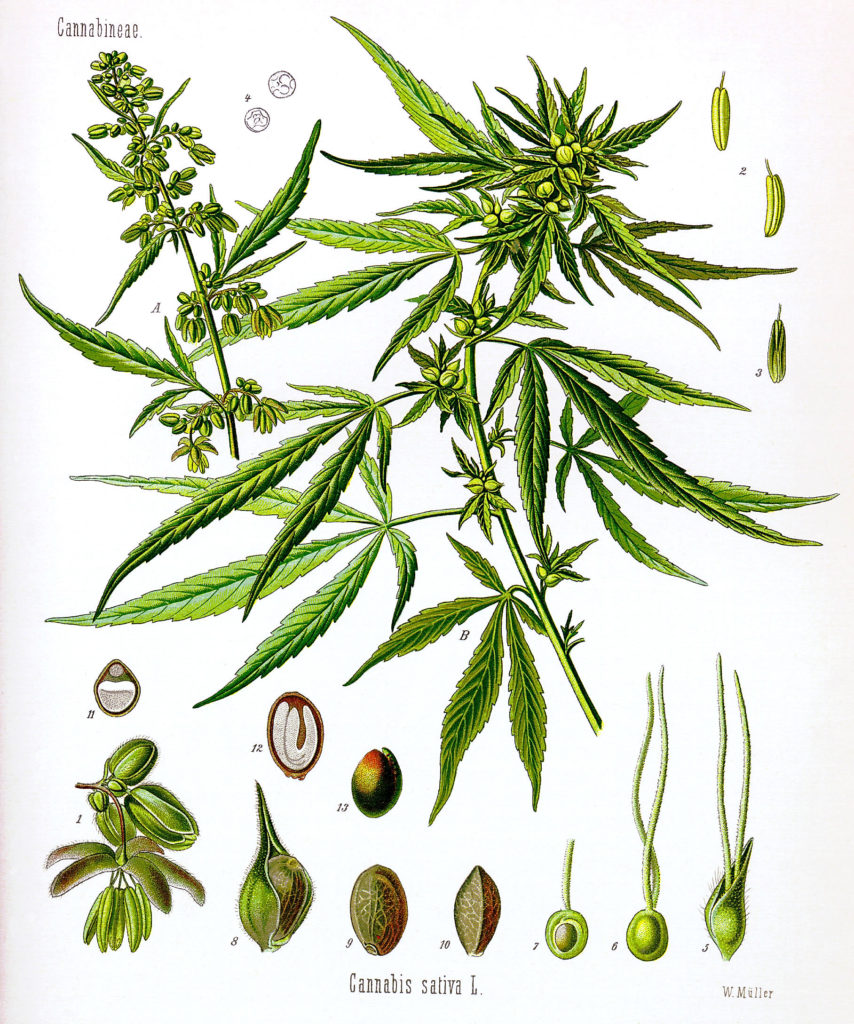Cannabinoid Hyperemesis Syndrome: Scromiting and the Anti-Munchies
Regular medical and recreational use of cannabis is on the rise among all age groups. In most cases this is associated with few side effects, but some regular users experience a wildly paradoxical reaction. While cannabis will normally suppress nausea and pain and stimulate appetite, weekly cannabis use can sometimes produce severe cramping, abdominal pain, vomiting and nausea known as cannabinoid hyperemesis syndrome (CHS). In this program we explore the pathophysiology of CHS, discuss presentations that EMS may encounter, and review the current diagnostic and treatment criteria. Current estimates of cannabinoid hyperemesis syndrome affecting potentially 2.7 million people in the US annually with significant increases in states with legalization. With complications of CHS including kidney failure, electrolyte imbalance and skin burns on patient seeking self-treatment, can EMS providers afford to be unprepared?
Teaching Formats:
-Lecture
-Discussion
-Case Studies
-Question and Answer
Learning Objectives: Students will be able to:
- Appreciate the acute and chronic hazards presented by cannabinoid hyperemesis syndrome
- Describe the three phases of cannabinoid hyperemesis syndrome
- Identify prehospital presentation signs and symptoms of cannabinoid hyperemesis syndrome with a focus on differential diagnosis
- Debate current theories of the pathogenesis of cannabinoid hyperemesis syndrome
- Describe immediate EMS as well as long-term treatment for cannabinoid hyperemesis syndrome









